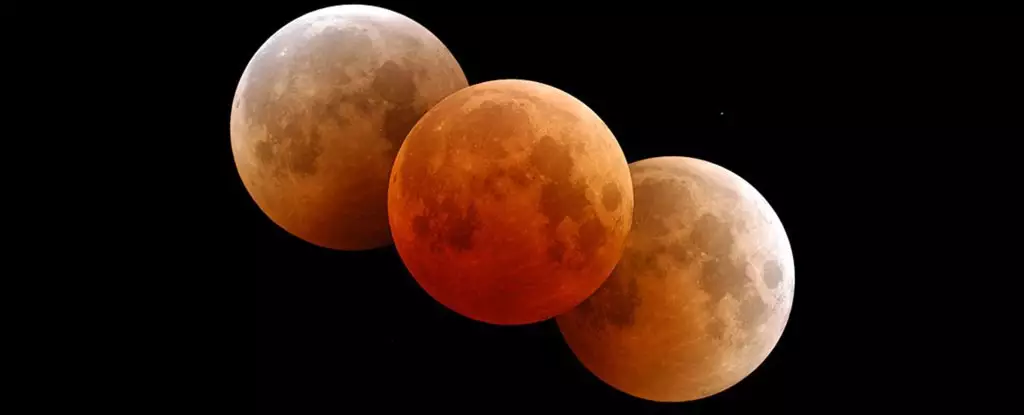This Thursday evening promises to be nothing short of extraordinary as the moon graces us with its rare and breathtaking transformation into a “Blood Moon.” After an absence of two and a half years, this captivating event serves not merely as an astronomical phenomenon but as a beautiful reminder of nature’s artistry. It’s an opportunity to step away from our busy lives, bundle up in cozy blankets, and witness the dance of light and shadow unfold in the skies above.
Understanding the Blood Moon
The term “Blood Moon” evokes images painted in the vibrant reds and oranges of dusk, and while its name may sound ominous, there’s nothing foreboding about its appearance. Scientifically, a Blood Moon occurs during a total lunar eclipse when the Earth perfectly aligns between the sun and the moon, casting a shadow over the latter. Interestingly enough, the atmospheric conditions on Earth contribute significantly to this captivating display. As sunlight filters through the Earth’s haze, the shorter wavelengths—the blue hues—scatter, allowing longer wavelengths, primarily red, to envelop the moon in its charming glow.
The Rarity of the Event
It’s not just any moon that turns crimson; total lunar eclipses are relatively infrequent. For sky-watchers stationed in the same location, observing four total lunar eclipses within two years—known as a tetrad—is a monumental feat, as they typically occur at a frequency of four to five eclipses per decade. These celestial events bring communities together as families and friends gather to appreciate the beauty of the world above them—an invitation to reconnect with each other and with nature.
Earth’s Gravitational Dance
What really makes the Blood Moon a memorable experience is more than mere physics; it’s the sheer wonder of planetary orchestration. Earth’s unique angle and position relative to the sun and moon make the spectacle possible. During peak eclipse times, as total darkness envelops the moon, the only light that makes its way through the Earth’s atmosphere gives rise to that fascinating reddish hue. This thin veil of gas plays a crucial role, acting as a canvas that brings the moon’s surface to life—the transformation from stark white to ethereal scarlet.
The Magic of Rarity: A Super Blue Blood Moon
Every so often, the universe rolls out an even more extraordinary treat known as a “Super Blue Blood Moon,” a fusion of different lunar spectacles occurring at once. This phenomenon combines a supermoon—when the moon appears larger and brighter due to its elliptical orbit— with both the blue moon, a second full moon in a calendar month, and the blood moon’s enchanting glow. Such occurrences are perilously rare, adding a touch of whimsy to the astronomical calendar and driving home the fact that our universe never ceases to astonish.
As we prepare to indulge in this celestial showcase, let us not only marvel at our planet’s natural wonders but also cherish the deep connections these cosmic events foster among us. Grab your hot chocolate, find a good spot, and immerse yourself in the essence of sight that transcends the ordinary. The Blood Moon isn’t just a visual delight; it’s an open invitation to wonder.

